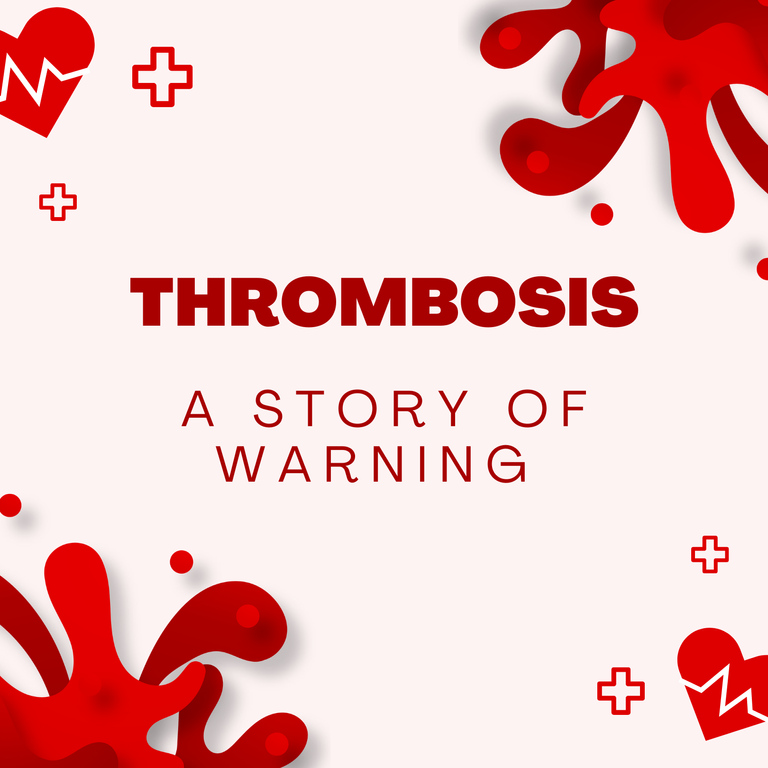
Life was fantastic in August 2023.
I'd transformed my lifestyle, exercising thrice a week, and had already shed 24 kilograms!
Feeling great and determined to reach my goal weight, a week before my French vacation, disaster struck—a leg injury.
Red, bloated, and aching was my left calf.
Since there were no usual symptoms, I first believed it to be a muscular strain.
The solution would be rest and ice.
On holiday, however, the agony continued.
I foolishly wrote it down to driving and tourism exhaustion.
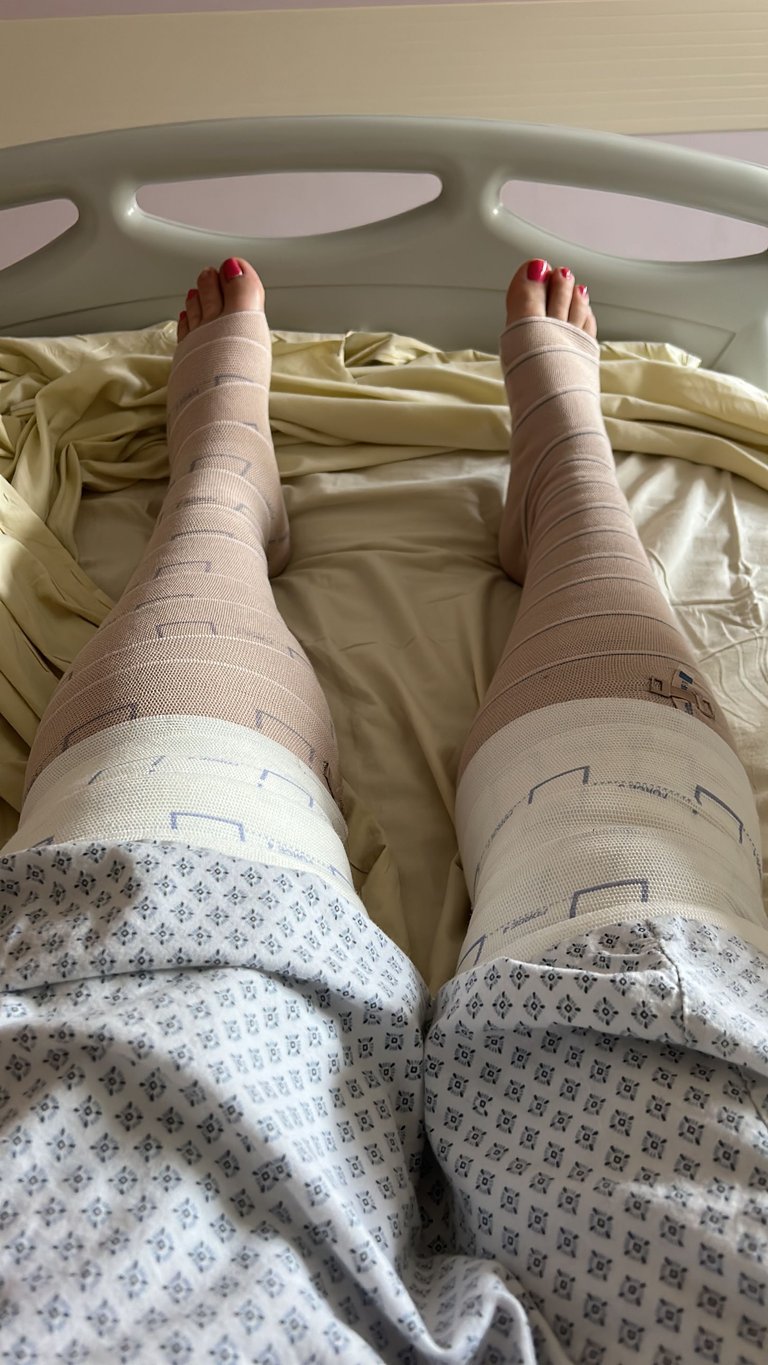
Not until I was admitted to a French hospital did the gravity sink me.
Pulmonary embolism and thrombosis were the diagnoses.
These problems kept me in a hospital bed for 17 days.

An Incorrectly Placed Clot
Blood clots are formed by our bodies to halt wound bleeding.
When a clot develops in a vein, it shouldn't; it is called thrombosis.
This disrupts blood flow, preventing oxygen from reaching organs.
Clots can develop anywhere in the body, causing anything from swollen, painful veins to life-threatening situations like pulmonary embolism, heart attack, and stroke.
There are many forms of thrombosis, but the most harmless form is thrombosis in vessels close to the skin, which is most common in the lower legs.
The leading cause is often arteritis, which is how your body tries to clear a blood clot.
You then notice that the inflammation makes the skin red, warm, swollen, and painful.

Thrombophlebitis is called this form and is not dangerous.
Treatment consists of taking blood thinners, often quickly reducing symptoms.
However, a clot in the large veins that lie deeper can be risky, like a thrombosis leg.
A catastrophic pulmonary embolism might result from one of these blood clots escaping and traveling to the lungs.
A stroke or heart attack might result from an arterial clot.
We know that the role of blood is to transport oxygen throughout the body before returning it to the heart.
The farthest it has to go is from your toes to your heart.
In other words, gravity and low blood pressure in the veins can make this more difficult.

Your lower leg veins' valves must prevent blood from falling back down again.
It is precisely at those valves that the blood stands still and can clot more easily.
However, the body also has a solution for this.
The inside of the veins contains a layer that prevents this, and the amount of protein in the blood also tries to regulate clotting.
Still, thrombosis can occur if there is a disturbance somewhere in the body.

What are the causes?
The causes of thrombosis vary and often involve a combination of things.
You can be predisposed to it, but there are external possible causes.
Such as a plane trip longer than six hours, a prolonged sickbed, other reasons you don't move around, damage to a blood vessel from an IV, and the use of medications that feed clotting.
In two out of three people, thrombosis is a complication of another disease.
So, sitting at your desk for an afternoon will not give you thrombosis.
Severe obesity is associated with more inflammatory proteins in the blood, increasing the risk of clots.

In addition, overweight people tend to move less.
Older adults have more frequent illnesses than younger people; they are hospitalized more often, receive medication more often, and undergo surgery and other procedures more frequently.
All things that can trigger thrombosis.
In addition, older adults generally move less.
The layer inside the veins that stops clots from developing could be malfunctioning.
Among the main reasons for mortality in the Netherlands is thrombosis.
A thrombosis claims the lives of one in four persons.

How to detect thrombosis?
A thrombosed leg is relatively easy to diagnose. Because a clot blocks blood flow, the leg becomes thick, red, and painful.
However, the symptoms can also be subtle, with no swelling or without pain and only mild swelling. There is a whole spectrum in between.
In my case, the thrombosis leg looked like whiplash but can also look like a skin infection.
An ultrasound may be conclusive in that case.
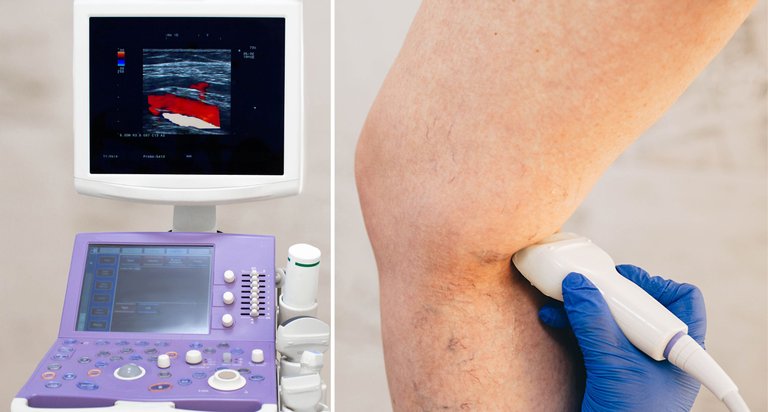
Any other type of thrombosis is referred for a CT scan.
You must pay attention to the following things yourself:
Does your leg turn red
Is it swollen
And does it get warm
Is it only one leg with these symptoms
You should also be extra vigilant if you have just been in the hospital for an extended period, taken a long plane trip, have cancer, or are taking new medications.
These are all risk factors.

Why I'm Sharing My Story
For women, I would add the birth control pill to the risks.
I was informed that taking the birth control pill in women over 35 years significantly increases the risk of thrombosis.
This experience was a wake-up call.
I want to warn others, especially women over 35, to be aware of the risks of both the birth control pill and thrombosis.
And also the symptoms of thrombosis.
Have your leg discomfort checked out; don't ignore it!
Significant problems may be avoided with early identification and treatment.
Had I known all this information earlier, I would have been spared a lot of trouble.
Because of convenience, I took this birth control pill for years; it was convenient to control and regulate my period.
Not because of the actual purpose of this pill—prevention of pregnancy.
So ladies, consider other contraceptives that are safer over 35.
It might just save your life.
Now, almost one year later, I still need to take medicine, have to wear a compression sock, and am limited in my movements.
Compression stockings are not a means of preventing or repairing thrombosis.
They are only an aid to relieve the symptoms of the injury.
Relieve congestion and reduce swelling.
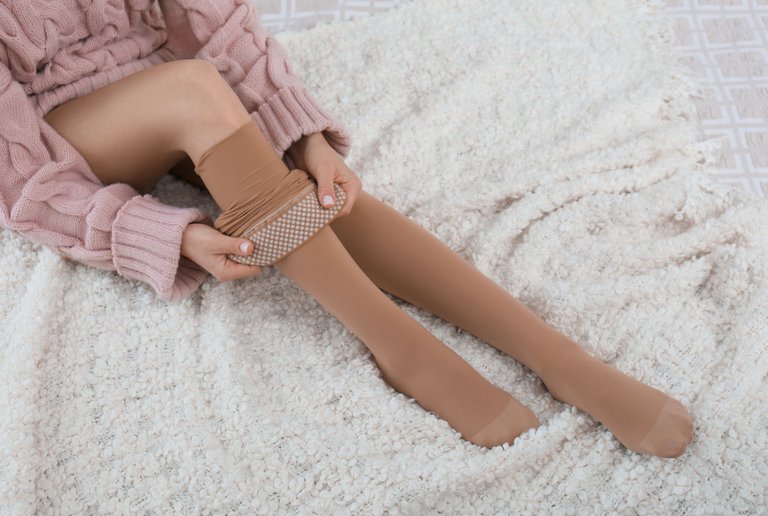
Understand, please.
The secret is to keep up a healthy lifestyle and get plenty of exercise.
I cycle, stroll, and so forth.
The only thing I have to avoid is contact sports, where there is a chance of bleeding because I am still on anticoagulant medication.
Fortunately, the boxing I practice is not fanatical, and I do not participate in competitions.
Eventually, I hope that I will make a full recovery, no longer need support stockings, and can also omit the medications.
Unfortunately, that doesn't look likely anytime soon.
Still, I remain optimistic and am working towards a healthy future.
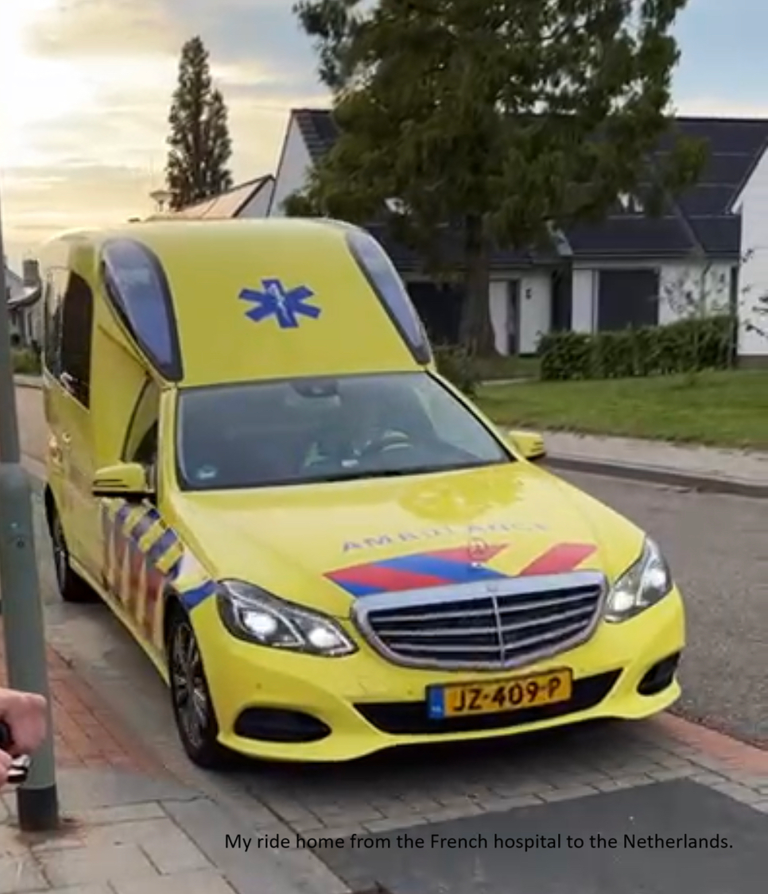


📷 Thumbnail & Photos 2,3,4,5,6: Created with Canva Pro
📷 Photos 1 & 7: Owned and shot by me with an iPhone 14
📷 Banners & dividers: Created with Canva Pro















Posted Using InLeo Alpha
This blog is so enlightening about female health. I hope you have a speedy recovery. It sounds painful to stay in the hospital for 17 days. Take care of yourself.
This is a new learning.
Still, one does worry.
Take care of yourself!That was a lucky escape @meraki7578, thank you for the warning! I'm on HRT and have been told that's also a risk, but that the benefits outweigh the risks.
Oh poor you, imagine going through all the pains. I truly understand how it is with you because I've suffered a knee pain before, it was difficult so painful and moving about was difficult but I'm better now.
Wishing you quickest recovery.
!HUG
I sent 1.0 HUG
(1/3)Dear @meraki7578, you just got hugged. on behalf of @luchyl.
Thank you for this awareness
Thank you for sharing your experience. At the end of 2022, I suffered a heart attack due to thrombosis. For months I took anticoagulants but then the studies that were done to see if I was genetically prone to thrombosis were negative. But a couple of months before the heart attack I had been vaccinated against Covid and my husband had Covid at the same period. I no longer take anticoagulants but then I was diagnosed with prediabetes. So I also try to live a healthy life, I watch my diet and exercise frequently and try to manage stress.
I am glad you have recovered and I hope that at some point you will be able to stop the anticoagulants.
Congratulations @meraki7578! You have completed the following achievement on the Hive blockchain And have been rewarded with New badge(s)
Your next target is to reach 35000 upvotes.
You can view your badges on your board and compare yourself to others in the Ranking
If you no longer want to receive notifications, reply to this comment with the word
STOPCheck out our last posts: